Understanding material test reports (MTR) can be challenging for those who seldom need to interpret them. There is no standard format for reporting the required information on an MTR, which leads to mills generating MTRs with varying formats. In some cases, mills indicate their ability to modify their MTR format is limited because of internal system constraints. Although MTRs vary in appearance based on the producing mill, there are commonalities.
Please contact the Rolled Alloys Metallurgical Services group at 1-800-521-0332 or email us metallurgical-help@rolledalloys.com if you have additional questions.
Buy Online Anytime
Our dashboard makes it even easier to shop online anytime from anywhere. Quote, buy, and track 24 hours a day.
E-Services Stocking Programs
Our e-service stocking programs put you in the driver seat by using our customized purchasing options to order your recurring material with ease. Whether you have an internal process for purchasing and receiving in place or maybe looking for solutions to become more efficient, we have a program that will work for you.

Trade Shows
Come talk to a Rolled Alloys representative in person about your project. You can find us at these trade shows.

March Mania 2025
Every Online Order in March is a Chance to Win One of 8 Great Prizes!
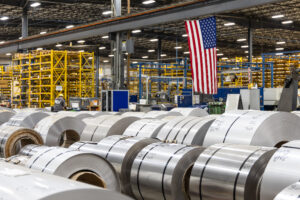
Instant Pricing on Nickel, Stainless Steel, Duplex, and Titanium
Get real-time pricing and availability for nickel, stainless steel, duplex, and titanium—all in one place.
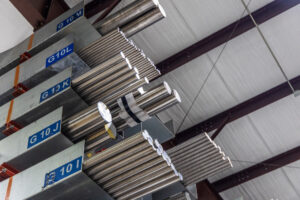
New and Expanded Stock for 2025
New Titanium, Stainless, Nickel and Cobalt in Stock Now – CP Ti Grade 2, 635, 718 and More!

History and Uses of Alloy 800
Discover the evolution of Alloy 800, from its origins during the 1950s to modern derivatives like Alloy 800H/800HT. Learn about its high-temperature strength, petrochemical applications, and commercial availability today.
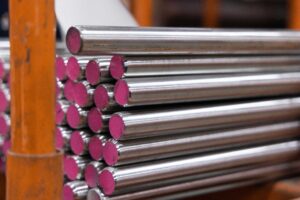
New Bar Stock Available
New Round and Flat Bar Products in Stock at Rolled Alloys





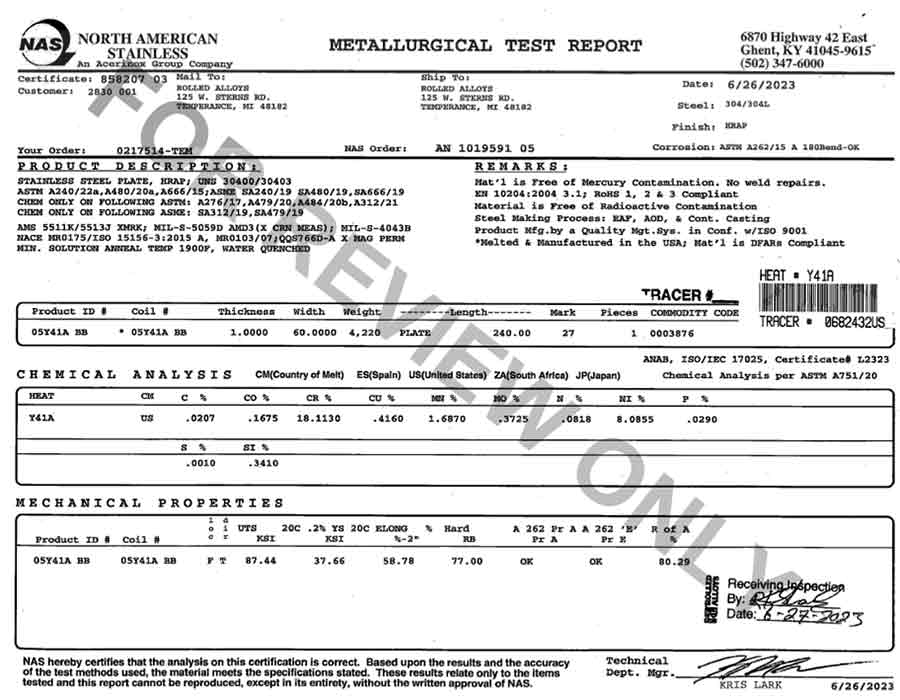
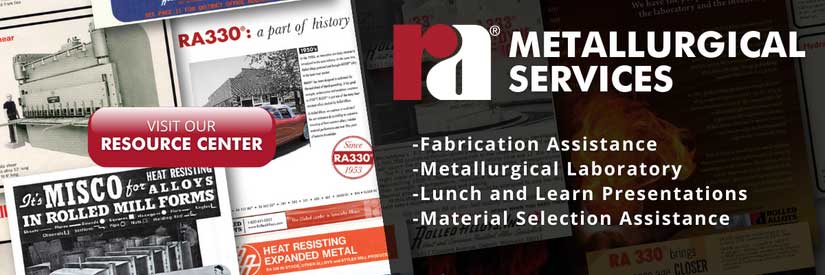
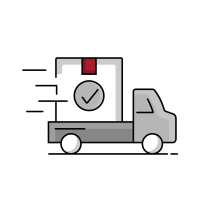


Each MTR should have a section identifying the alloy, heat number, specification(s), product form, size, and condition. Unfortunately, the reported condition does not always translate into a clear understanding of what is being supplied. For example, cold finished and cold worked may sound similar but mean different things.
An MTR will also have a chemistry section reporting the ladle analysis of the heat. A second chemistry may also be reported as a check or product analysis. It is common for melt practices to be found in an MTRs chemistry section. On many MTRs, mills will use different abbreviations for different melt practices. Common abbreviations that may be encountered include:
Occasionally, an MTR may report residual elements that are not required to be analyzed. This is permitted and does not mean there is something present that shouldn’t be.
Another section of the MTR will show mechanical properties. The information reported will vary by alloy and by specification requirements. In most instances, an MTR will indicate yield strength (0.2% YS), ultimate tensile strength (UTS), elongation (E%), hardness, and reduction of area (RA%). Some materials require Charpy impact toughness testing if they are known to undergo a ductile-to-brittle transition at low temperatures.
For thermally hardenable materials, an MTR will contain a capability testing section. Capability testing involves taking samples of the supplied material and heat-treating them, often to a specific specification’s requirements, to demonstrate the materials’ ability to achieve the required properties. For martensitic grades (410, 416, 420, 440C), the capability section often contains a hardness reading. For precipitation hardenable grades (17-4, 15-5, 13-8), aged room temperature tensile properties will be listed. Some thermally hardenable materials like 718 will require elevated temperature capability testing. This can involve elevated tensile tests as well as stress rupture testing. At elevated temperatures, loads below the yield strength can cause materials to elongate and fail over time. These tests may take several days to complete, and the results are usually reported in hours to failure. More than one set of properties may be reported if testing is done to more than one specification. The results will generally be distinguished by the heat treatment parameters used to determine the capability. Remember that capability test results are from heat-treated samples and do not represent the supplied condition.
Depending on the specification purchased to or purchase order requirements, MTRs may report grain size, results of corrosion testing, magnetic properties, and more. With so many different styles, languages, and terms, even veteran metallurgists may need extra time to decipher the results of an MTR. If you need help understanding an MTR, don’t hesitate to contact Rolled Alloys Metallurgical Services or QA.